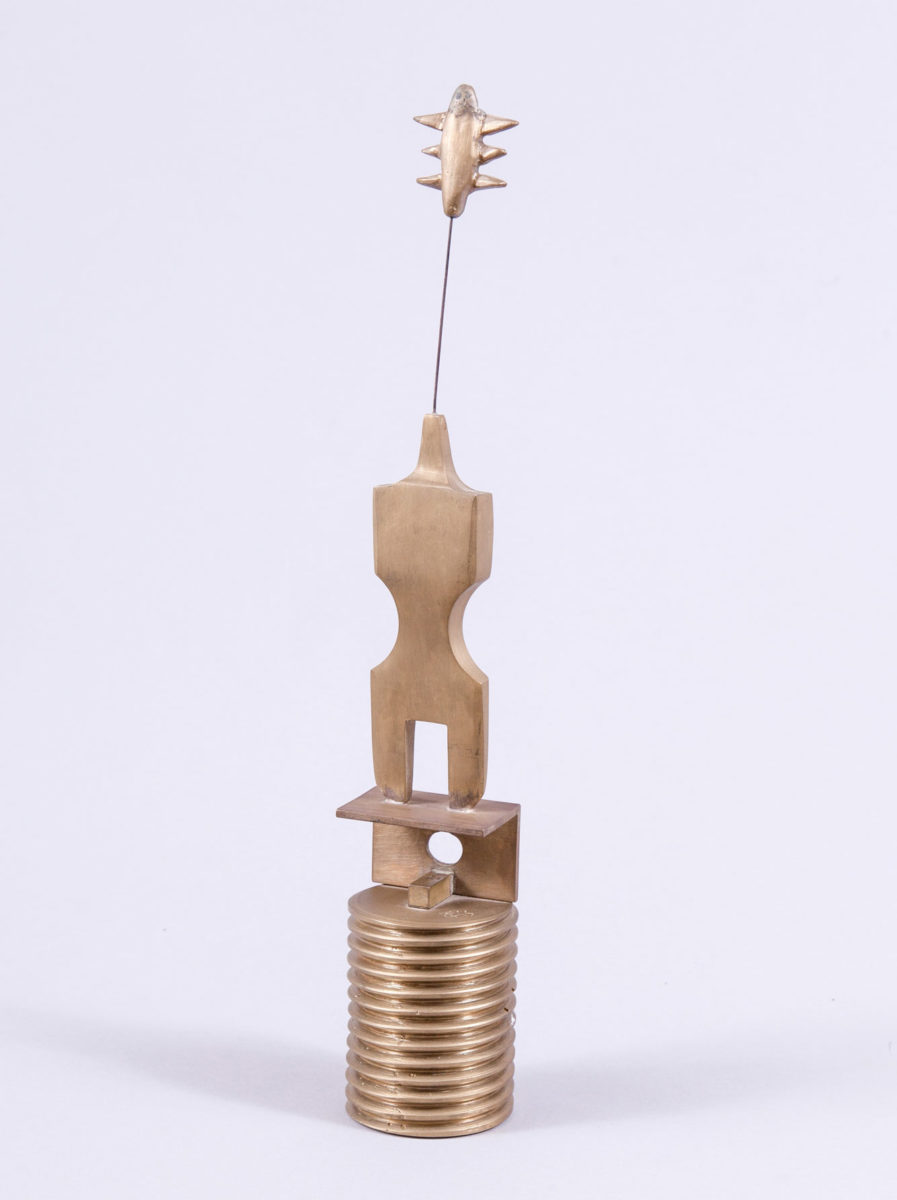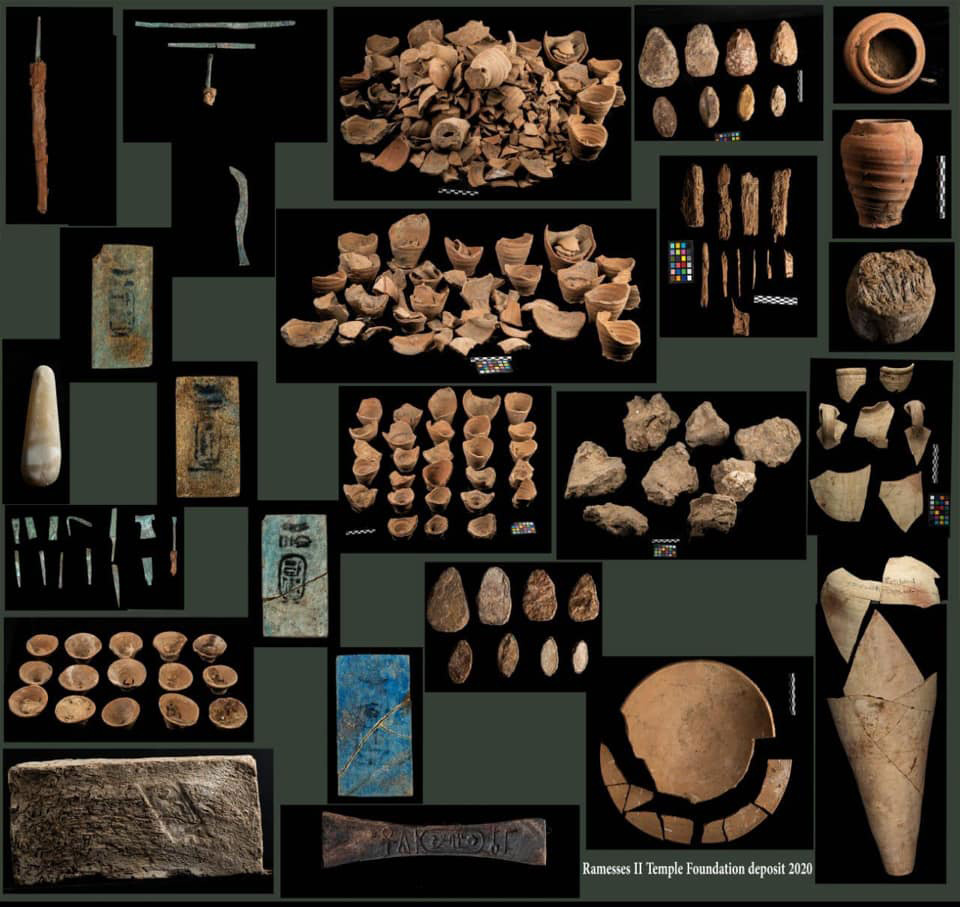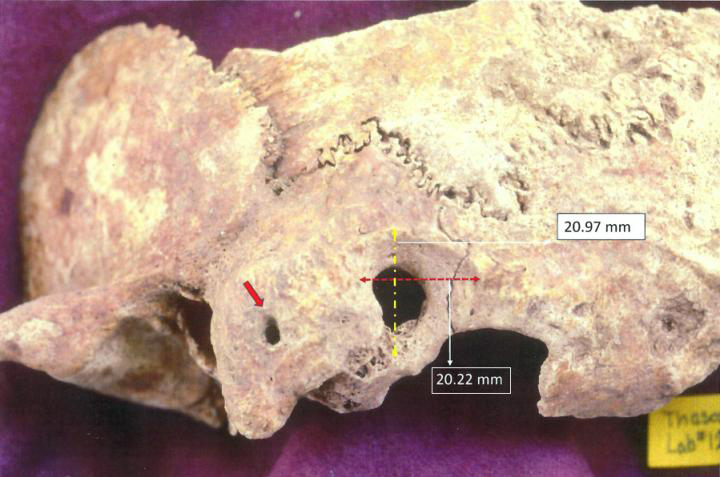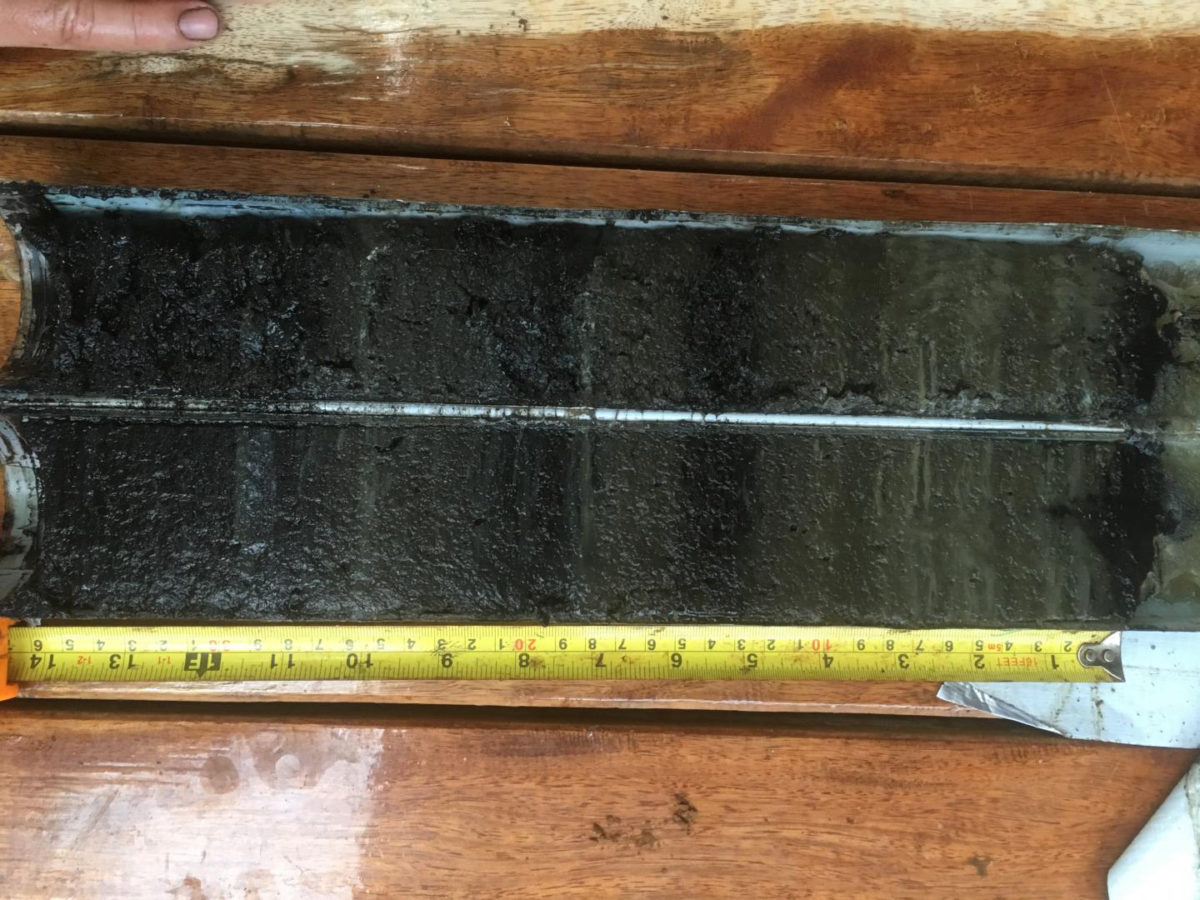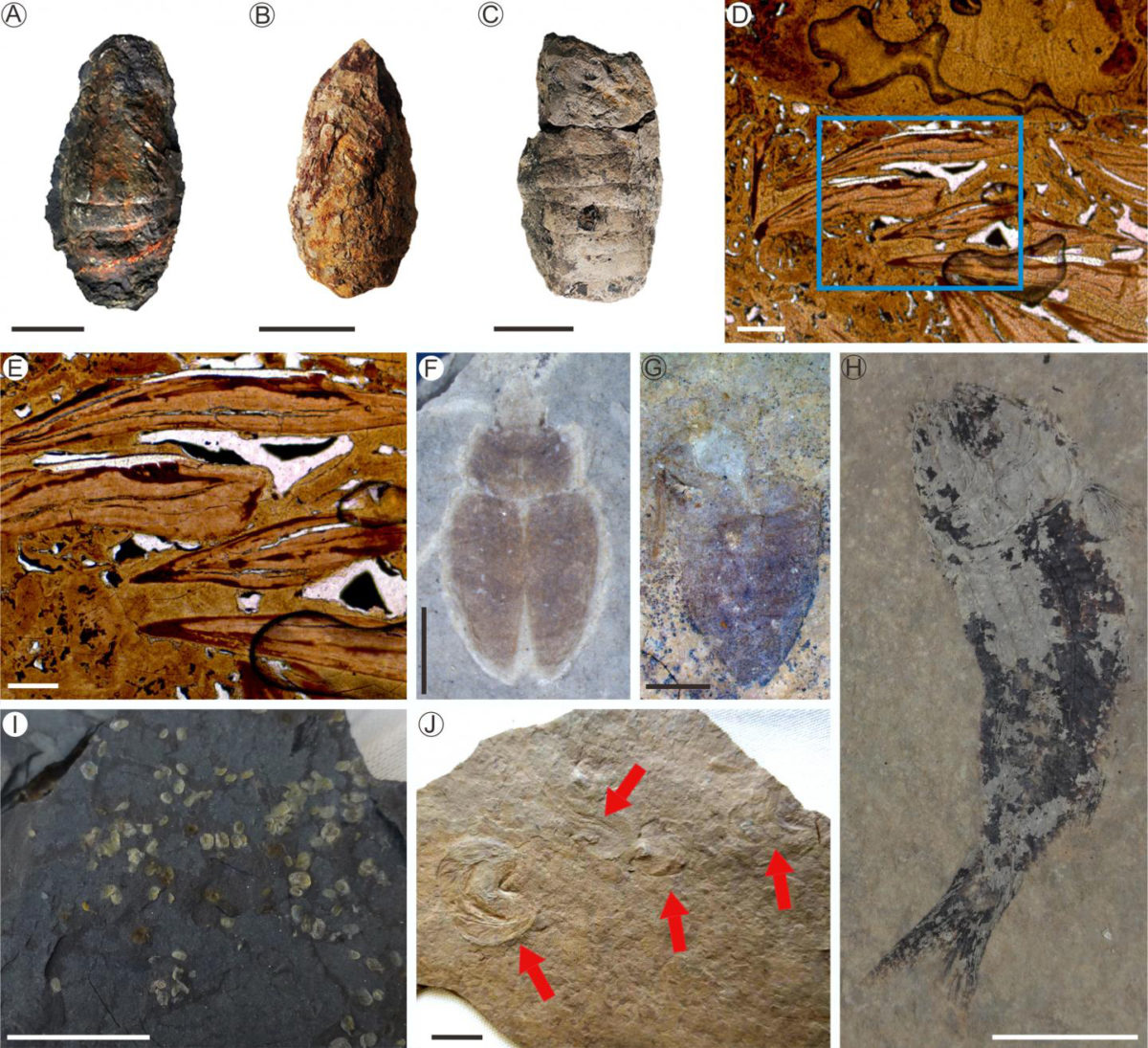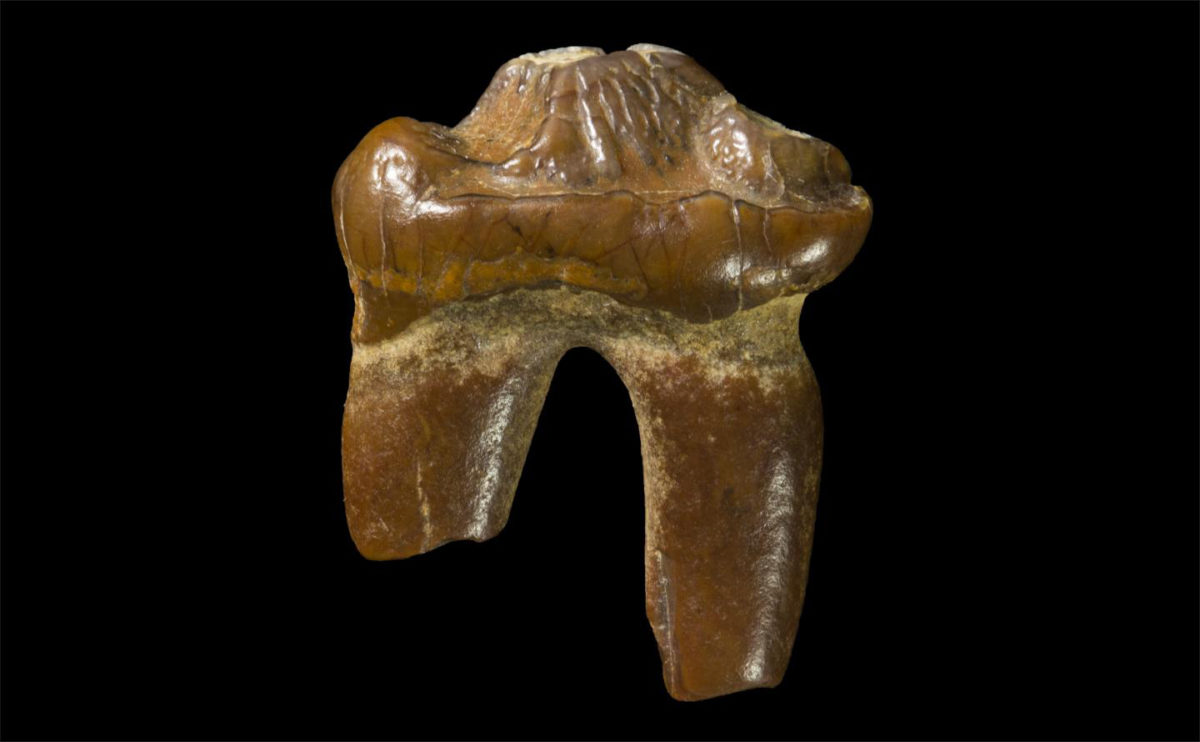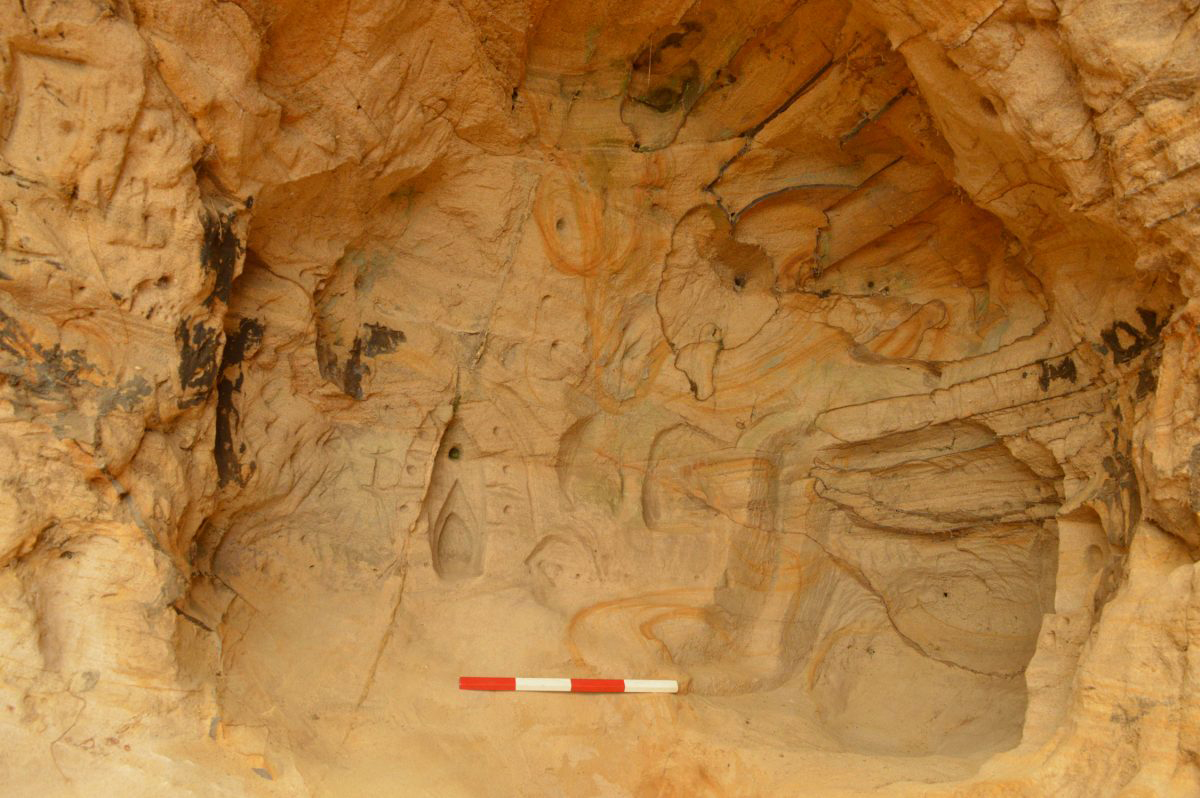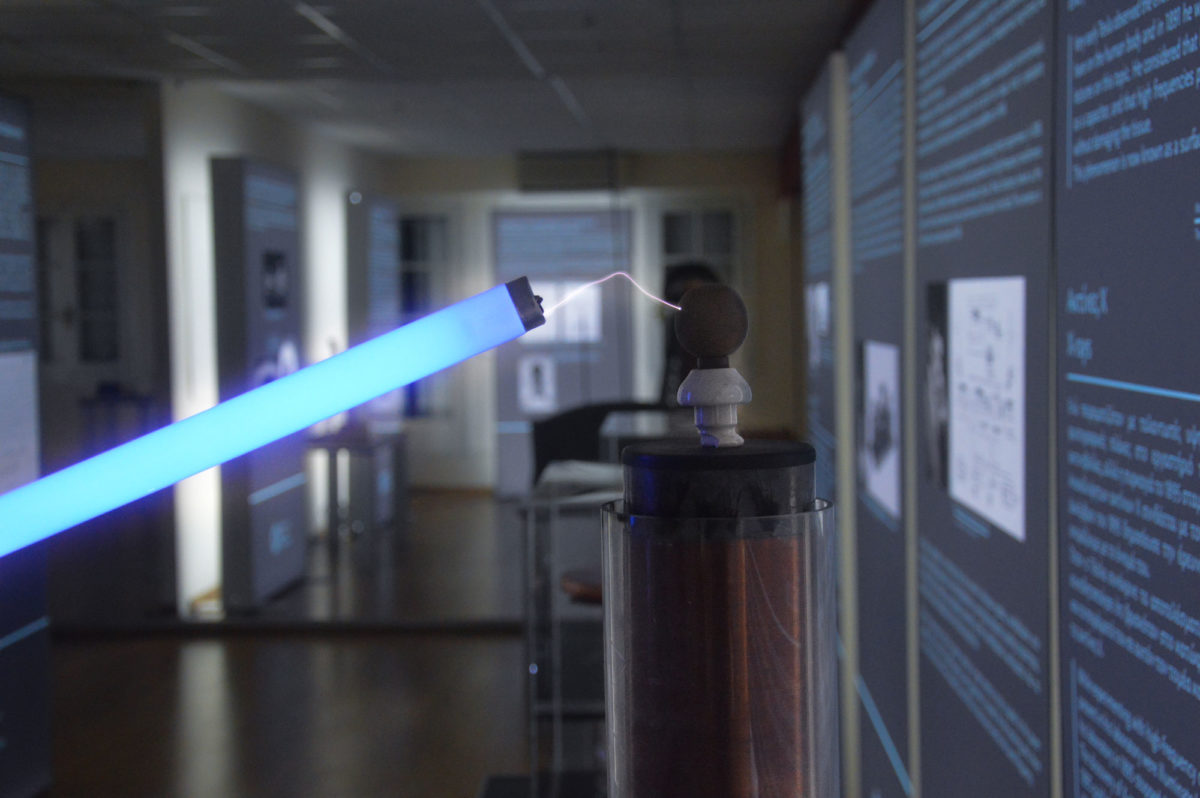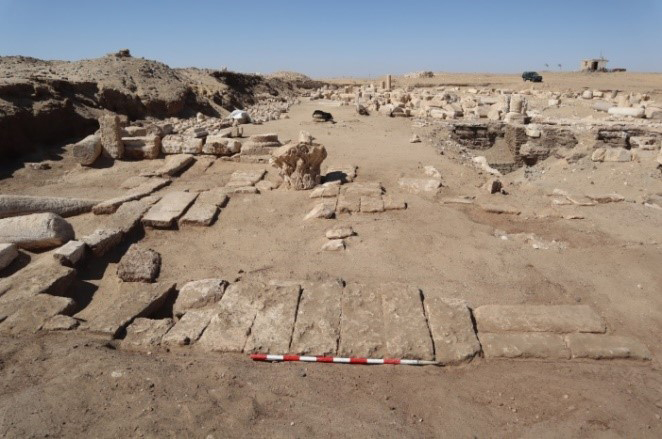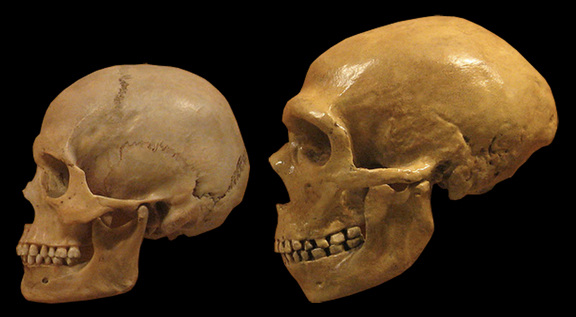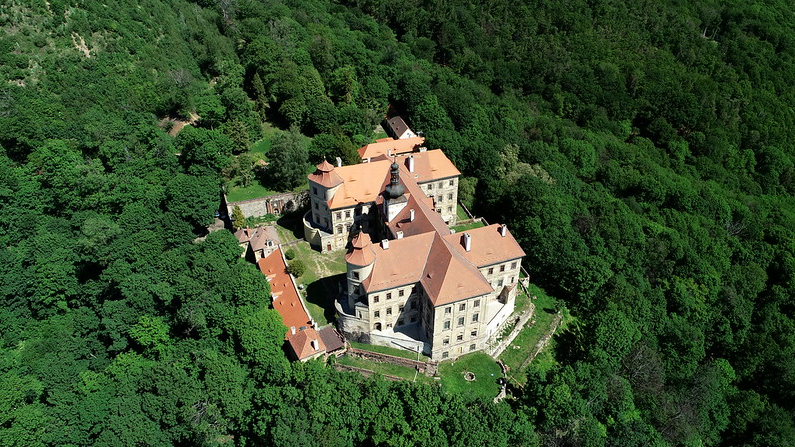A virtual tour in the Tomb of Kheti
Join today in a virtual tour in the tomb of Kheti in Beni Hassan necropolis.
Takis exhibition cancelled at Museum of Cycladic Art
A collaboration of the Museum with the Tate Modern and the MACBA Museu d’Art Contemporani de Barcelona, which would have opened on My 20 and have run to October 25.
Archaeologists find Ramesses II’s Abydos temple foundation deposit
Archaeologists excavating in Abydos revealed the foundation deposit of Ramesses II's temple, as well as its storerooms.
Adelphi researcher discovers early brain surgery in ancient Greece
First forensically-assessed archeological discovery of remains of a group of domineering mounted archer-lancers and their kin of the Eastern Roman Empire from the turbulent ProtoByzantine period.
Bristol leads archaeologists on 5,000-year-old egg hunt
An international team of specialists, led by the University of Bristol, is closer to cracking a 5,000-year-old mystery surrounding the ancient trade and production of decorated ostrich eggs.
A revolutionary new method for dating pottery developed
A team at the University of Bristol has developed a new method of dating pottery which is allowing archaeologists to date prehistoric finds from across the world with remarkable accuracy.
Earliest humans in the Amazon created thousands of ‘forest islands’
The earliest human inhabitants of the Amazon created thousands of artificial forest islands as they tamed wild plants to grow food, a new study shows.
Opening of Giza museum in 2021
The coronavirus has changed the dates of major Egyptian national projects.
Works are starting at Hellenikon
A unanimous agreement in favour of the request by HELLENIKON SA has been issued by the Central Council of Modern Monuments of the Ministry of Culture and Sports.
Colonization of South Pacific Islands earlier than first thought
Research led by scientists at the University of Southampton has found settlers arrived in East Polynesia around 200 years earlier than previously thought.
Societal transformations and resilience in Arabia
Social, economic and cultural responses to climate change by ancient peoples highlight vulnerabilities of modern societies and the need for sustainable new solutions.
“Countless Aspects of Beauty”: a virtual tour
We stay at home and make good use of virtual reality to “travel” to the Castle of Ioannina and the Silversmithing Museum of the Piraeus Bank Group Cultural Foundation.
Lacustrine ecosystems needed 10 million years to recover after EPME
Researchers found that both lake and peat-forming forest ecosystems probably took as long as 10 million years to recover after the EPME.
Tooth be told: Earless seals existed in ancient Australia
A fossilised seal tooth found on a Victorian beach could hold the key to uncovering the history and geography of earless seals that graced Australia's shores three million years ago.
14th century cave with medieval shrine or hermitage
A team of rail workers delivering landslip repair works near Guildford, UK, have uncovered a small cave believed to be from the 14th century.
Experience Egypt from Home
The Ministry of Tourism and Antiquities is launching, in collaboration with its partners from scientific and archaeological institutes, a series of virtual guided video tours of a number of museums and archaeological sites around Egypt.
Ten new sites awarded with European Heritage Label
The European Commission awarded the European Heritage Label to ten historical sites across the Union.
Online guided tour of the exhibition on Nikola Tesla
“Electrify yourselves”, experiment, play and discover the limits of the vision and genius of one of the most iconic personalities in history.
New findings in Oxyrhynchus archaeological site
Researchers conducted anthropological studies of the buried deceased and consolidation and restoration tasks on wall paintings and different objects that were recovered during the excavation.
Our direct human ancestor Homo erectus is older than we thought
An unusual skullcap and thousands of clues have created a southern twist to the story of human ancestors, in research published in Science on 3 April.
Modern humans, Neanderthals share a tangled genetic history
New research adds to growing evidence that our ancestors interbred with Neanderthals at multiple times in history.
Europe’s 7 Most Endangered heritage sites 2020
The 7 Most Endangered programme is run by Europa Nostra in partnership with the European Investment Bank Institute.
Free access to 1.4 million books
The organization The Internet Archive went ahead with offering free online access to all 1.4 million books of its lending library.
Evidence for a 90-million-year-old rainforest near the South Pole
Researchers have found unexpected fossil traces of a temperate rainforest near the South Pole 90 million years ago, suggesting the continent had an exceptionally warm climate in prehistoric times.

